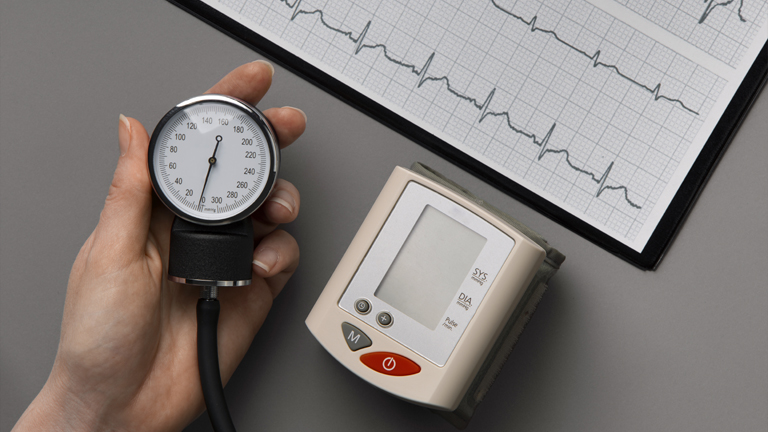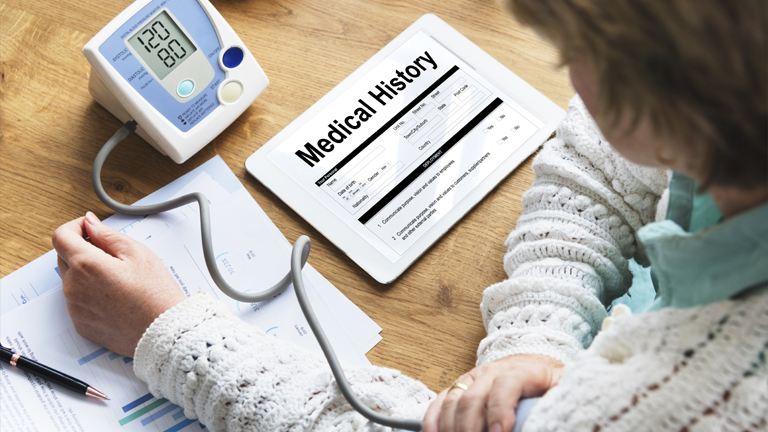Maintaining healthy blood pressure is crucial for overall well-being. A blood pressure chart helps you understand whether your readings are within a normal range or if you need medical attention. This comprehensive guide explains blood pressure categories, how to measure it accurately, and lifestyle changes to keep your levels in check.
Must Check: Insomnia Symptoms
What Is Blood Pressure?
Blood pressure measures the force of blood pushing against the walls of your arteries as your heart pumps. It’s recorded as two numbers:
-
Systolic Pressure (Top Number): The pressure when your heart beats.
-
Diastolic Pressure (Bottom Number): The pressure when your heart rests between beats.
A reading of 120/80 mmHg is considered normal, but variations can indicate different health conditions.
Blood Pressure Chart: Categories and Ranges
The American Heart Association (AHA) and the UK’s National Health Service (NHS) classify blood pressure into five main categories:
| Blood Pressure Category | Systolic (mmHg) | Diastolic (mmHg) |
|---|---|---|
| Normal | <120 | and <80 |
| Elevated | 120-129 | and <80 |
| Hypertension Stage 1 | 130-139 | or 80-89 |
| Hypertension Stage 2 | ≥140 | or ≥90 |
| Hypertensive Crisis | >180 | and/or >120 |
1. Normal Blood Pressure
-
Range: Below 120/80 mmHg
-
What It Means: Optimal for heart health. Continue healthy habits like a balanced diet and regular exercise.
2. Elevated Blood Pressure
-
Range: 120-129/<80 mmHg
-
What It Means: Not yet high but at risk of developing hypertension. Lifestyle changes can help prevent progression.
3. Hypertension Stage 1
-
Range: 130-139/80-89 mmHg
-
What It Means: Early high blood pressure. Doctors may recommend lifestyle adjustments and possibly medication.
4. Hypertension Stage 2
-
Range: 140+/90+ mmHg
-
What It Means: A serious condition requiring medical intervention to prevent heart disease, stroke, or kidney damage.
5. Hypertensive Crisis
-
Range: Above 180/120 mmHg
-
What It Means: A medical emergency—seek immediate help if symptoms like chest pain or shortness of breath occur.
Why Monitoring Blood Pressure Is Important
High blood pressure (hypertension) is often called the “silent killer” because it rarely shows symptoms but can lead to:
-
Heart Disease & Stroke
-
Kidney Damage
-
Vision Loss
-
Cognitive Decline
Regular monitoring with a blood pressure chart helps detect issues early and take preventive measures.
How to Measure Blood Pressure Accurately
For reliable readings:
-
Use a Validated Monitor – Choose an FDA-approved or NHS-recommended device.
-
Sit Properly – Rest for 5 minutes before measuring, with feet flat and arm at heart level.
-
Avoid Caffeine & Smoking – These can temporarily raise blood pressure.
-
Take Multiple Readings – Check 2-3 times and average the results.
Factors Affecting Blood Pressure
Several factors influence blood pressure levels:
1. Age
-
Blood pressure tends to rise with age due to stiffening arteries.
2. Diet
-
High sodium intake increases pressure, while potassium-rich foods (bananas, spinach) help regulate it.
3. Physical Activity
-
Regular exercise strengthens the heart, lowering blood pressure naturally.
4. Stress
-
Chronic stress leads to temporary spikes—practice relaxation techniques like meditation.
5. Genetics
-
Family history of hypertension increases risk.
Lifestyle Changes to Improve Blood Pressure
1. Follow a Heart-Healthy Diet (DASH Diet)
-
Eat: Fruits, vegetables, whole grains, lean proteins.
-
Avoid: Processed foods, excessive salt, sugary drinks.
2. Exercise Regularly
-
Aim for 150 minutes/week of moderate activity (walking, cycling).
3. Reduce Sodium Intake
-
Limit salt to <1,500 mg/day if hypertensive.
4. Maintain a Healthy Weight
-
Losing 5-10 lbs can significantly lower blood pressure.
5. Limit Alcohol & Quit Smoking
-
Excessive alcohol raises BP, while smoking damages blood vessels.
6. Manage Stress
-
Yoga, deep breathing, and mindfulness can help.
When to See a Doctor
Consult a healthcare provider if:
-
Your readings consistently fall in Hypertension Stage 1 or higher.
-
You experience dizziness, headaches, or nosebleeds with high readings.
-
You have underlying conditions like diabetes or kidney disease.
Conclusion
Understanding your blood pressure chart readings is essential for long-term health. By monitoring regularly, adopting a heart-healthy lifestyle, and seeking medical advice when needed, you can prevent complications and maintain optimal well-being.
Take control of your blood pressure today—your heart will thank you!
FAQs About Blood Pressure Charts
Q: What is a dangerous blood pressure level?
A: Readings above 180/120 mmHg require emergency care.
Q: Can anxiety affect blood pressure readings?
A: Yes, stress can cause temporary spikes—measure when relaxed.
Q: How often should I check my blood pressure?
A: If normal, check annually. If high, monitor weekly or as advised by your doctor.


